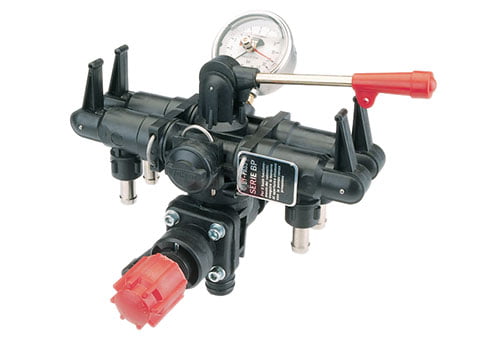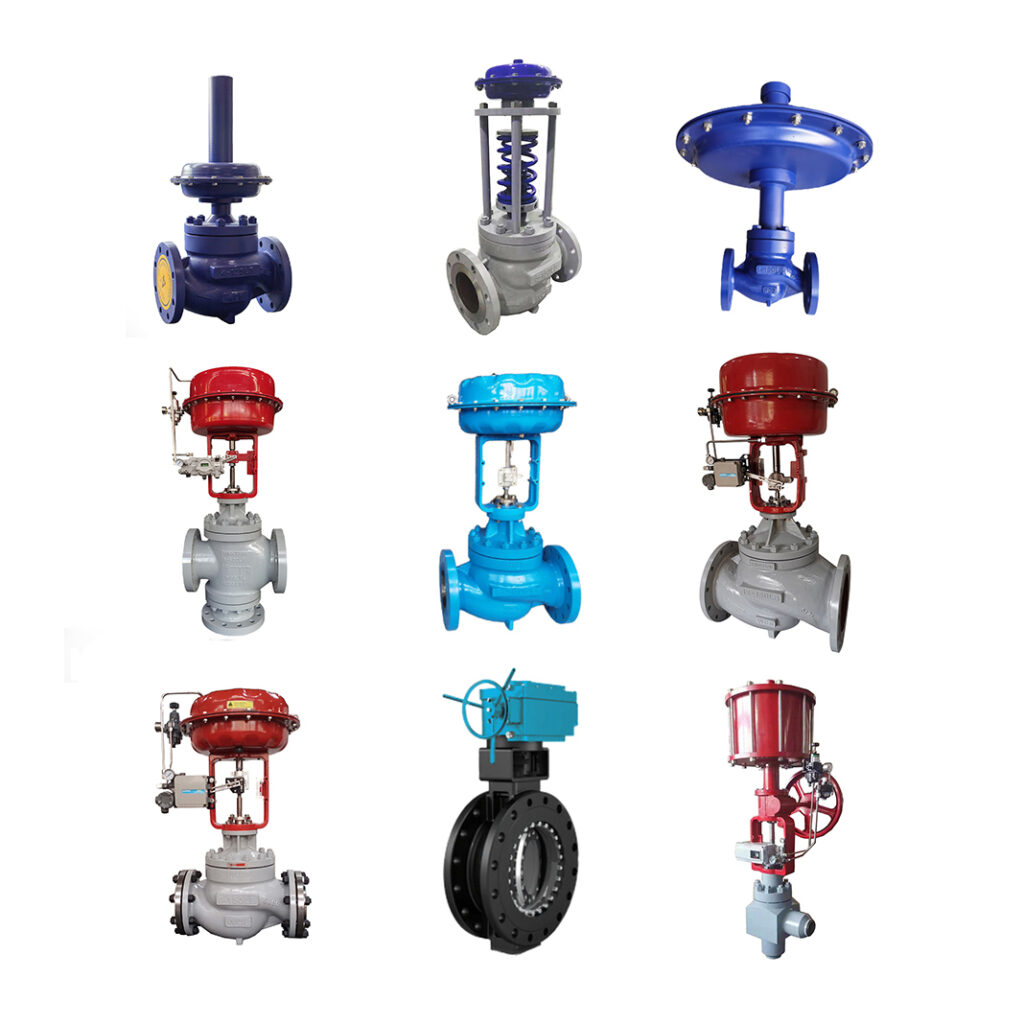How Control Valves Impact Energy Efficiency in Industrial Settings
How Control Valves Impact Energy Efficiency in Industrial Settings
Blog Article

Maximize Energy Cost Savings and Convenience With Advanced Structure Automation Controls
In the world of contemporary design and facility monitoring, the combination of innovative building automation controls stands as an essential innovation. By harnessing the power of automation, buildings can adjust, react, and develop in ways that were once unthinkable.
Power Effectiveness Advantages
Power performance advantages can dramatically decrease energy consumption and functional costs in structures. Energy-efficient systems, such as innovative structure automation controls, can enhance the use of resources like home heating, air conditioning, and lights, leading to lower energy expenses over time.
Moreover, boosted energy effectiveness can extend the lifespan of structure equipment and systems. By running much more successfully, heating and cooling systems, lighting fixtures, and various other structure elements experience much less deterioration, resulting in reduced upkeep and replacement prices. Additionally, energy-efficient structures typically regulate higher building values and rental rates, giving long-term monetary advantages to owners.
Moreover, power performance can boost resident comfort and performance. Correctly controlled interior environments with ideal lights and thermal problems develop a more positive and conducive office, bring about improved employee contentment and performance. On the whole, the power efficiency benefits related to advanced building automation controls are diverse, including expense savings, environmental stewardship, and passenger well-being.
Improved Convenience Control
Enhancing convenience control in structure atmospheres requires a sophisticated assimilation of innovative automation systems for optimum passenger well-being. By making use of sophisticated building automation controls, centers can tailor the indoor environment to fulfill the particular demands and preferences of residents. control valves.
Enhanced convenience control goes past fundamental temperature level adjustments. It consists of attributes such as tailored settings, occupancy sensing units, and all-natural light utilization to produce a dynamic and receptive environment. By including these advanced controls, structures can not only improve convenience but additionally improve power efficiency by maximizing system operations based upon actual tenancy and use patterns. Ultimately, focusing on occupant comfort with innovative automation systems results in a more satisfying and much healthier indoor environment.
Functional Efficiency Improvements

In addition, the application of real-time tracking and analytics tools makes it possible for building drivers to determine power ineffectiveness and operational abnormalities quickly. By continually checking energy use patterns and system performance metrics, changes can be made in real-time to maximize power usage and ensure peak functional efficiency. control valves. Furthermore, integrating need action strategies into building automation controls can further improve functional efficiency by dynamically changing power use based upon grid conditions and pricing signals
Indoor Climate Optimization
Efficient interior environment optimization is a fundamental element of building automation controls, ensuring residents' convenience and health while taking full advantage of energy financial savings. By utilizing sophisticated sensing units and controls, building automation systems can continually keep an eye on and readjust temperature level, humidity levels, air high quality, and air flow to produce an optimum indoor atmosphere. Keeping regular and comfy problems not just boosts owner fulfillment but likewise improves performance and total health.
Interior environment optimization additionally plays a critical function in power performance. By fine-tuning air conditioning, ventilation, and home heating systems based on real-time data and tenancy patterns, building automation controls can significantly reduce power consumption - control valves. For example, implementing approaches such as demand-controlled air flow and thermal zoning wikipedia reference can assist reduce energy waste while making sure that each location of the structure obtains the needed conditioning.

Lasting Atmosphere Creation
Structure automation manages not just maximize interior climate conditions for energy efficiency and passenger comfort but additionally lay the foundation for producing a sustainable environment via calculated management of systems and resources. By incorporating sophisticated building automation innovations, such as sensing units, actuators, and intelligent software program, facilities can keep track of and readjust energy use in real-time to lessen waste and reduce their carbon footprint. These systems make it possible for anticipating maintenance, determining possible issues before they escalate and enhancing tools performance to improve durability and performance.
In addition, sustainable atmosphere development expands beyond power management to include water preservation, waste decrease, and interior air high quality improvement. Building automation controls can control water usage, identify leaks, and her comment is here make certain proper garbage disposal techniques, adding to overall sustainability efforts. Furthermore, by keeping an eye on and regulating ventilation and purification systems, these innovations improve passenger wellness and performance while lowering power consumption related to cooling and heating procedures.
Conclusion
To conclude, progressed building automation regulates deal significant advantages in regards to energy cost savings, convenience control, functional performance, indoor climate optimization, and creating a sustainable environment. By executing these controls, buildings can achieve optimum efficiency while minimizing energy consumption and boosting occupant comfort. It is apparent that making use of advanced automation modern technology is crucial in improving structure performance and developing a much more sustainable future.
Power effectiveness benefits click to read can considerably reduce power consumption and operational costs in structures. In general, the energy effectiveness benefits associated with innovative building automation controls are multifaceted, incorporating expense savings, environmental stewardship, and occupant health.
Additionally, including need reaction approaches right into structure automation controls can better enhance operational effectiveness by dynamically changing energy usage based on grid problems and rates signals.
Structure automation controls not just maximize indoor climate conditions for energy efficiency and resident convenience however likewise lay the foundation for producing a sustainable environment with calculated administration of sources and systems.In final thought, progressed structure automation regulates deal substantial advantages in terms of energy cost savings, convenience control, functional effectiveness, indoor environment optimization, and developing a sustainable environment.
Report this page